Evaluating the "reliability" of a ribbon slitting machine is much more than just the brand and price, it is about the stability, efficiency, cost and bottom line of your production for years to come. Here's a detailed buyer's guide on how to take a closer look at the "reliability" metrics behind ribbon slitting machines.
Core idea: Reliability = consistently and consistently producing high-quality products
Reliability is not a single indicator, but a systematic project. We can break down the evaluation from three levels: hardware and design, control and software, and service and support.
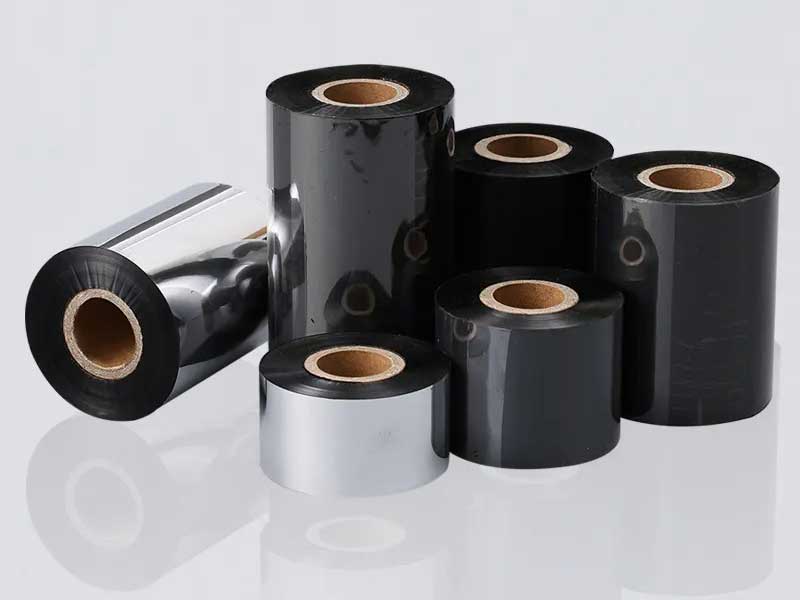
First, hardware and design: the physical foundation of reliability
This is the most intuitive and the easiest part to be "cut corners".
1. Rack and structure
◦ Evaluation points: overall weight, material (whether high-strength cast iron or thick steel is used), structural design (whether torsion-resistant design is adopted).
◦ Why it matters: The heavy frame effectively absorbs and disperses vibrations generated during slitting. Vibration is the number one killer of precision and stability, leading to uneven trimming, serpentine belting, and even damage to the blade. Gently push the device with your hand to feel its stability.
2. Core component brand and quality
◦ Transmission system (bearings, guides, screws):
▪ Evaluation point: Whether to use well-known brands (such as THK, NSK in Japan, INA in Germany, etc.).
▪ Why it matters: High-precision, low-friction branded drive components ensure smooth slide movement, long-term backlash-free use, and slitting dimensional accuracy for years.
◦ Retract/Release Reels:
▪ Evaluation points: material (whether it is high-strength alloy steel), surface treatment (whether it is chrome plated or special coating), locking method (whether the air expansion shaft is uniform and reliable).
▪ Why it matters: Directly carrying materials, their rigidity and dynamic balance directly affect stability during high-speed operation. Poor quality shafts can cause runout, resulting in uneven rewinding and material stretching.
◦ Slitting tool system:
▪ Evaluation points: tool holder material, blade brand (e.g. Swiss and Japanese brands are usually better), ease of replacement.
▪ Why it matters: Sharp, durable blades and a stable tool holder are key to smooth, burr-free, and toner-free cuts. Poor quality tools can contaminate the ribbon and shorten its life.
3. Drive and tension control system
◦ Evaluation points: motor brand (such as Mitsubishi, Panasonic, Siemens, etc.), whether full servo drive is used, tension sensor type (ultrasonic or mechanical swing arm).
◦ Why it matters: These are the "heart" and "nerves" of the device.
▪ Full servo drive: faster response, more precise control, especially when starting, stopping and changing speeds, can maintain extremely stable tension.
▪ High-precision tension control: It is the core to ensure consistent tightness and no wrinkles and no stretching. Tension fluctuations are the primary cause of waste.
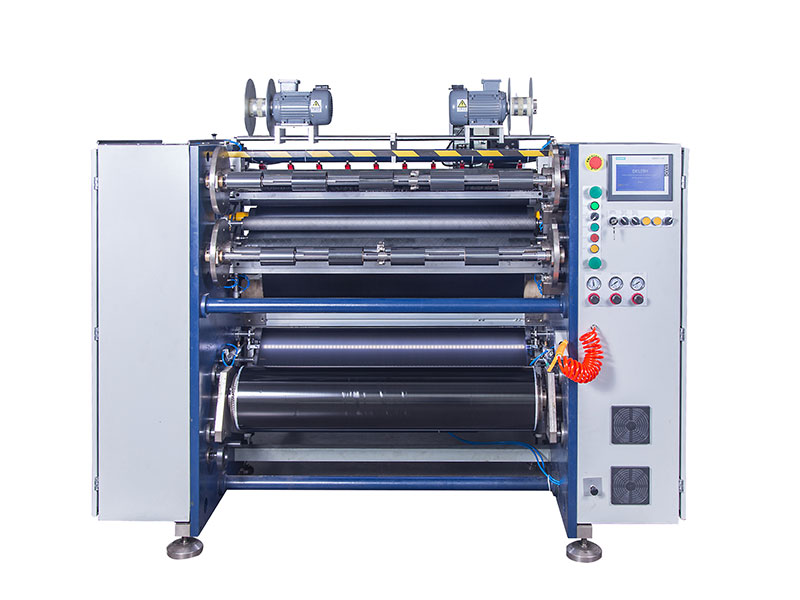
Second, control and software: the "smart brain" of reliability
The hardware is the body, and the control system is the soul. An intelligent and stable control system can greatly improve the reliability and ease of use of the equipment.
1. Human-machine interface and operation logic
◦ Evaluation points: Touch screen size and response speed, whether the parameter settings are intuitive, and whether the menu logic is clear.
◦ Why it matters: Complex operations increase the risk of misoperation, leading to equipment failure or production scrap. Good UI/UX design reduces operator skill requirements and improves overall efficiency.
2. Parameterization and memory function
◦ Evaluation point: Whether it can store complete slitting parameters (tension, speed, pressure, etc.) for different ribbon specifications (width, length, material).
◦ Why it matters: One-click call during material change avoids the tedious and uncertain manual repeated debugging, and ensures the consistency of different batches of products, which is "repeatable reliability".
3. Diagnostic and alarm system
◦ Evaluation point: Whether the alarm information is specific (such as "No. 3 unwinding tension sensor abnormality" instead of a simple "tension abnormality"), whether there is a historical fault record, and whether a solution hint is provided.
◦ Why it matters: Accurate diagnostics can dramatically reduce downtime, allowing maintenance personnel to quickly locate and resolve issues.
4. Degree of automation
◦ Evaluation point: Whether there are options such as automatic roll change, automatic labeling, and in-line defect detection (such as CCD vision system).
◦ Why it matters: Automation not only improves efficiency but also reduces human intervention, which is one of the main sources of production instability. Automated systems work tirelessly to the same standard.
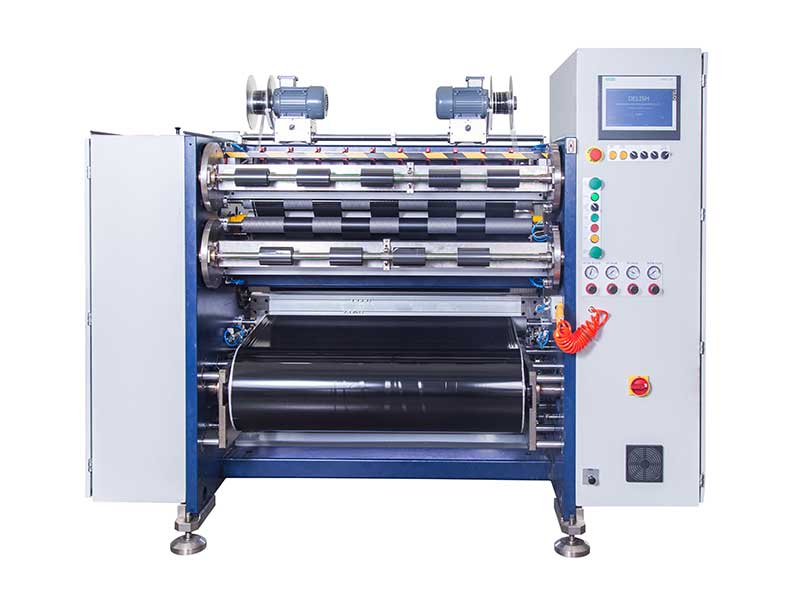
Third, service and support: long-term guarantee of reliability
Equipment will eventually wear out and break down. The vendor's support capabilities determine how much a failure affects your production.
1. Technical support and responsiveness
◦ Evaluation points: the location of the manufacturer, whether there is a 24-hour service hotline, and the promised on-site response time (such as 12 hours, 24 hours).
◦ Why it matters: When equipment fails, fast on-site support is a lifesaver. Be sure to specify the terms of service in the contract.
2. Spare parts supply
◦ Evaluation points: inventory of common spare parts (such as blades, belts, sensors), order cycle of special spare parts.
◦ Why it matters: Long wait times for spare parts mean long downtime. It is crucial to choose a brand with an adequate supply of spare parts.
3. Technical training and documentation
◦ Evaluation points: whether detailed operation and maintenance manuals (preferably in Chinese) are provided, and whether comprehensive on-site training is provided.
◦ Why it matters: Teach people to fish. A well-trained operations and maintenance team can prevent most failures and resolve small problems before they become major problems.
4. Manufacturer reputation and cases
◦ Assessment Points: Ask for customer cases in the same industry or similar applications and try to conduct background checks. Check out user reviews on the web.
◦ Why it matters: Market reputation is the best proof of long-term reliability. A manufacturer with numerous success stories in the industry, often with well-proven equipment.
Procurement action checklist: Implement the assessment
1. Clarify the list of requirements: Start by clarifying the type of ribbon you want to slit, the common width range, the slitting accuracy requirements, and the daily/monthly output target.
2. Ask for detailed configuration tables: Ask the supplier to provide a detailed component list, indicating the make and model of the core components. Compare the configuration of different suppliers to achieve "knowing in your heart".
3. Request on-site observation or video demonstration: Witness the equipment in action, especially the high-speed slitting, start-stop, and winding processes. Observe the neatness of the winding, listen to the noise of the operation of the device (smooth hum is usually better than noisy vibrations).
4. Ask for a trial sample roll: Provide your ribbon raw materials and let the manufacturer cut a section of the sample back for testing. Check whether the cut surface is smooth and flat, whether there are burrs on the edges, and whether the toner is peeled off.
5. Conduct a "stress test" Q&A: During the negotiation, ask the following questions directly:
◦ "If the spindle drive breaks on Friday night, what is your fastest solution?"
◦ "How long is the routine maintenance interval for this equipment?" What wear parts need to be replaced? What are the costs and procurement channels? ”
◦ "Please show the device's history and mean time between failures and data." (High-end brands will provide)
6. Account for total cost of ownership: Don't just look at the purchase price. Combining equipment prices, estimated energy consumption, maintenance costs, spare parts costs, and possible losses due to downtime tends to result in lower TCO for highly reliable equipment.
In summary, evaluating the reliability of the ribbon slitting machine is a systematic project from "hard" to "soft", from "inside" to "outside". It requires the buyer to be not only a savvy buyer, but also a "product manager" who understands technology. Investing time and effort in the early in-depth evaluation will lay the most solid foundation for stable production for the next few years.
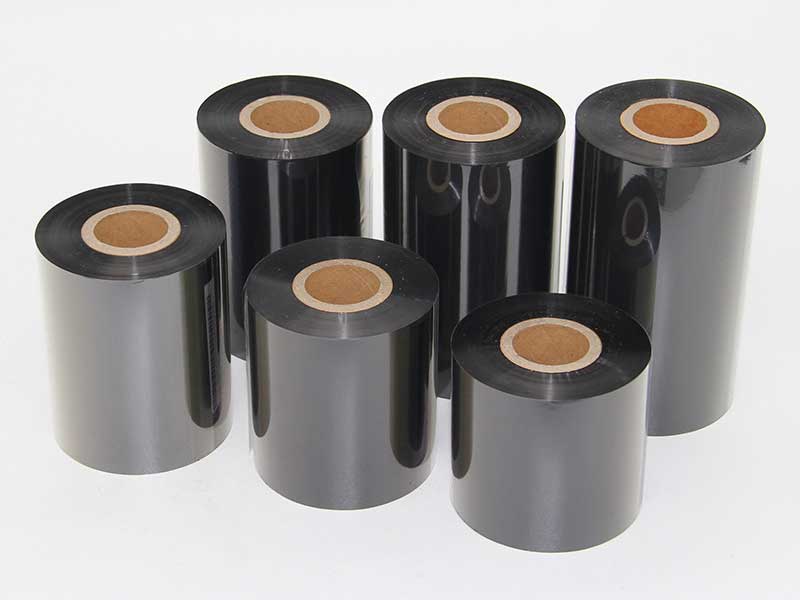
how to choose a ribbon slitting machine that suits your needs? This article will give you a detailed analysis to help you grasp the core points in the purchasing process.
11. December, 2025
So, is the ribbon slitting machine easy to operate? Let's uncover the secrets of its convenient design together.
11. December, 2025
The efficiency and stability of the ribbon slitting machine is a deep integration of mechanical precision, intelligent control, process materials and reliability engineering.
11. December, 2025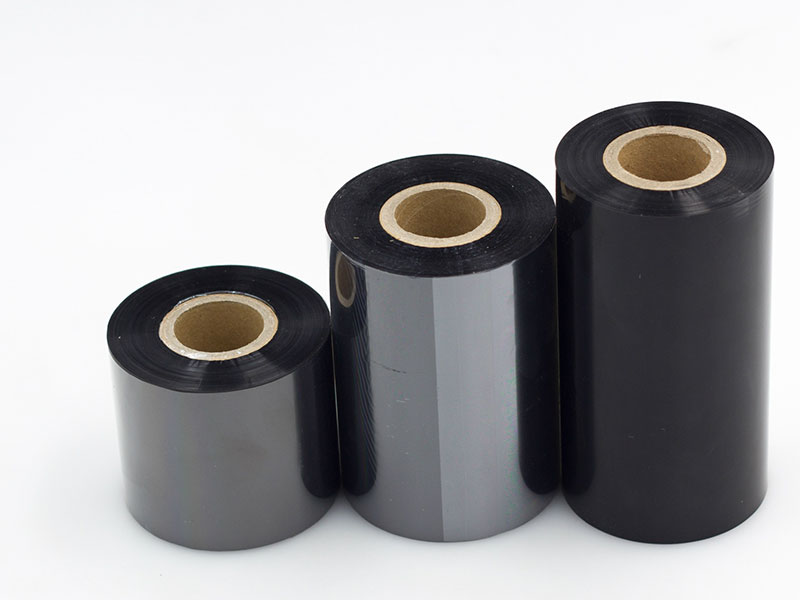
In the future, the tension control of the ribbon slitting machine will be more intelligent, adaptive and environmentally friendly.
05. December, 2025
his article will provide an in-depth analysis of the core functions of ribbon slitting machines and explore how they achieve the dual goals of "reducing costs and increasing efficiency".
05. December, 2025